Industrial boilers account for a major portion of energy consumption in manufacturing, and low thermal efficiency means higher fuel bills, greater emissions, and reduced system reliability. Many plants lose efficiency due to poor maintenance, outdated technology, or improper operating practices. Without improvements, this inefficiency can cost thousands—or even millions—of dollars annually.
The best practices for improving boiler thermal efficiency include upgrading heat recovery systems (economizers, air preheaters), ensuring proper insulation, controlling excess air levels, maintaining water treatment quality, optimizing load management, and adopting automation systems for real-time monitoring. Implementing these measures reduces fuel use, lowers emissions, and extends boiler life.
By following structured efficiency practices, industries can achieve significant energy savings, regulatory compliance, and long-term operational reliability.
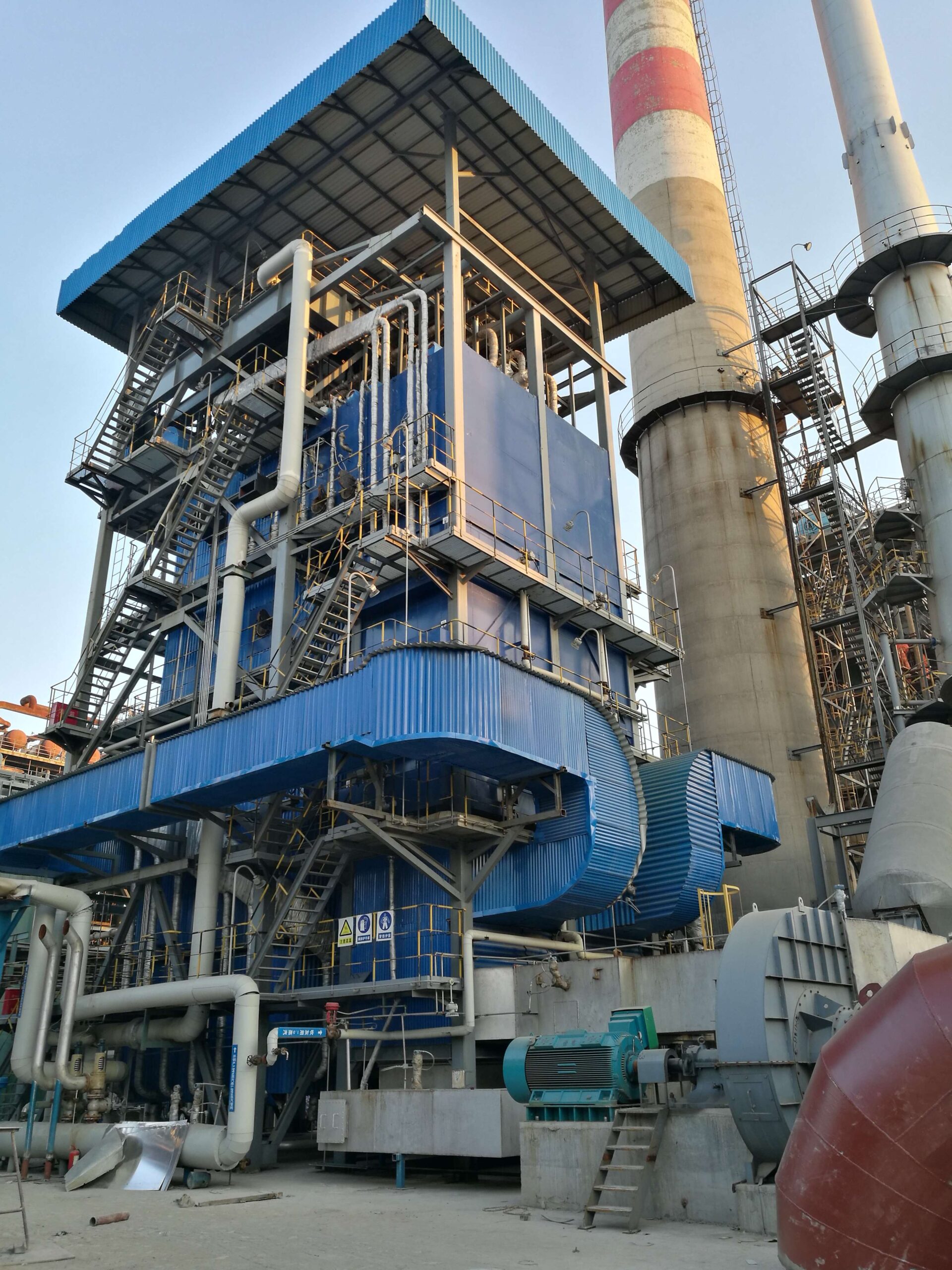
How Can Heat Recovery Systems Like Economizers and Air Preheaters Improve Boiler Efficiency?
For many industrial users, the biggest challenge in boiler operations is high fuel costs and wasted heat loss through flue gases. Every unit of energy lost directly increases operating expenses and carbon emissions. Without proper heat recovery, efficiency can drop significantly, leading to a higher cost per ton of steam or per unit of power generated. The solution lies in heat recovery systems, specifically economizers and air preheaters, which recycle waste heat to improve boiler efficiency, cut costs, and enhance sustainability.
Economizers and air preheaters increase boiler efficiency by 5–15% by recovering heat from flue gases. Economizers preheat feedwater, reducing fuel needed for steam generation, while air preheaters raise combustion air temperature, improving fuel burn and lowering stack losses. Together, they lower operating costs and emissions.
By applying these systems, facilities not only save fuel but also extend boiler life, making them a strategic investment for long-term operational savings.
Economizers and air preheaters only improve efficiency by a negligible margin.False
Well-designed economizers can boost efficiency by 4–8%, and air preheaters by 3–7%, leading to a combined potential improvement of up to 15%.
Economizers: Feedwater Heat Recovery
An economizer captures heat from hot flue gases and transfers it to incoming feedwater before it enters the boiler drum. This reduces the temperature difference the boiler must overcome, saving fuel.
| Parameter | Typical Value | Benefit |
|---|---|---|
| Feedwater Preheat (°C) | 80 → 120 | Reduces fuel use by lowering ΔT |
| Efficiency Gain | 4–8% | Saves energy and cost |
| ROI Timeline | 1–3 years | Rapid payback in fuel savings |
Example: A 10-ton/hr boiler with an economizer can save 70–100 tons of fuel annually, depending on load factor.
Air Preheaters: Combustion Optimization
An air preheater increases the temperature of combustion air using flue gas heat. Warmer air promotes better fuel atomization, faster ignition, and more complete combustion, reducing unburned losses.
| Parameter | Typical Value | Benefit |
|---|---|---|
| Air Preheat (°C) | 25 → 120 | Improves flame stability |
| Efficiency Gain | 3–7% | Reduces excess fuel demand |
| Added Effect | Lowers stack temperature |
Air preheaters are particularly useful in coal, biomass, and heavy-oil boilers where complete combustion is harder to achieve.
Combined Heat Recovery Potential
When economizers and air preheaters are used together, the efficiency benefits accumulate:
| System | Efficiency Gain | Fuel Savings Potential |
|---|---|---|
| Economizer Only | 4–8% | 5–8% fuel reduction |
| Air Preheater Only | 3–7% | 3–6% fuel reduction |
| Both Combined | 8–15% | 10–14% fuel reduction |
📌 This dual approach also reduces CO₂ emissions, improves boiler turndown flexibility, and extends component life by lowering thermal stress.
Conclusion
Heat recovery systems like economizers and air preheaters are proven solutions for improving boiler efficiency, lowering operating costs, and meeting emission targets. By recovering waste heat from flue gases, they transform losses into useful energy, often paying back their investment within just a few years.
👉 Facilities considering upgrades should evaluate both systems together to maximize energy efficiency.
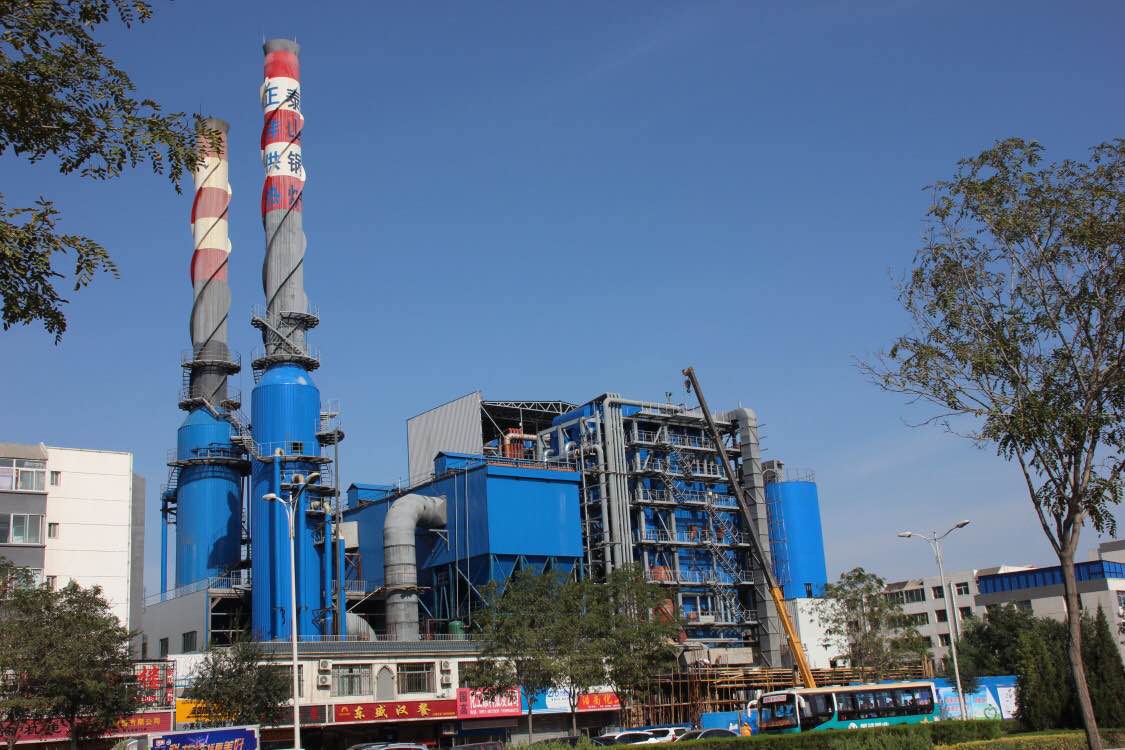
Why Is Controlling Excess Air Important for Maximizing Combustion Efficiency?
In industrial boilers, the balance of fuel and air during combustion is critical. Too little air leads to incomplete combustion, soot, and carbon monoxide, while too much air carries heat away in the flue gases. Both conditions waste fuel and reduce efficiency. The goal is to supply just the right amount of excess air to ensure complete combustion while minimizing stack losses.
Controlling excess air is important because it prevents fuel waste, reduces heat loss through flue gases, improves boiler efficiency by 2–5%, and lowers emissions. Optimized air control ensures complete combustion without unnecessary dilution or energy loss.
The Effect of Excess Air on Efficiency
| Condition | Impact on Combustion | Efficiency Result |
|---|---|---|
| Too Little Air (<10% excess) | Incomplete combustion, soot, CO, higher maintenance | Efficiency drops sharply |
| Too Much Air (>40% excess) | Hot gases carry heat up the stack, lower flame temperature | Fuel wasted, 2–5% efficiency loss |
| Optimal Range (10–25% excess) | Complete combustion, minimal heat loss | Maximum efficiency |
Practical Benefits of Excess Air Control
🔥 Fuel Savings: Every 15–20% rise in excess air can waste 1% of boiler fuel.
🌍 Emission Reduction: Balanced air minimizes CO and NOx formation.
⚙️ Stable Operation: Correct excess air prevents flame instability and deposits.
💰 Lower Operating Costs: Efficient combustion reduces fuel bills and maintenance.
How to Maintain Proper Excess Air
O₂ Trim Controls: Automatically adjust air dampers to maintain optimal oxygen levels.
Stack Gas Monitoring: Measure O₂ and CO₂ in flue gases to fine-tune combustion.
Routine Tuning: Regular burner inspection and calibration prevent drift over time.
✅ In summary: Controlling excess air is one of the simplest and most cost-effective ways to improve boiler efficiency, often boosting performance by 2–5% while cutting fuel use and emissions.
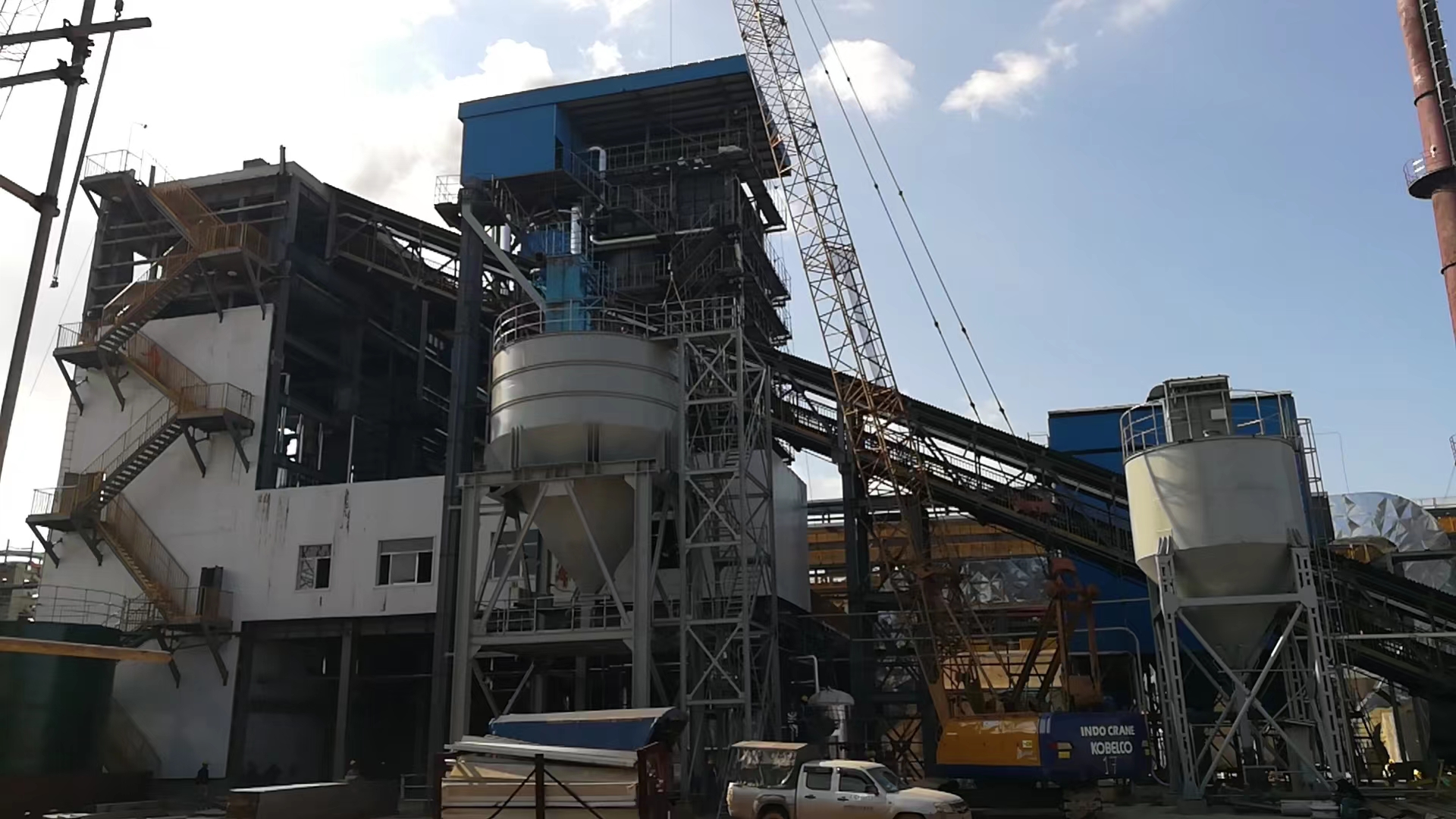
How Does Proper Insulation and Steam Distribution Management Reduce Energy Losses?
One of the biggest hidden costs in industrial boiler systems is heat loss during steam distribution. Poorly insulated pipes, leaking steam traps, and inefficient condensate return all waste energy that was already paid for in fuel. This results in higher fuel bills, reduced system efficiency, and unnecessary strain on the boiler. The solution lies in proper insulation and well-managed steam distribution, which together can save up to 15–20% in operating costs.
Proper insulation and steam distribution management reduce energy losses by minimizing heat radiation from pipes, preventing steam leaks, ensuring effective condensate recovery, and maintaining consistent pressure and temperature across the system. This leads to lower fuel consumption, higher efficiency, and longer equipment life.
Typical Energy Losses Without Insulation
| Pipe Diameter | Bare Pipe Heat Loss (W/m) | With Insulation (50mm) | Energy Saved |
|---|---|---|---|
| 50 mm (2”) | ~80 W/m | ~12 W/m | ~85% saving |
| 100 mm (4”) | ~145 W/m | ~20 W/m | ~86% saving |
| 150 mm (6”) | ~210 W/m | ~30 W/m | ~85% saving |
Data shows how pipe insulation dramatically cuts heat losses.
Benefits of Proper Insulation
🔥 Reduced Fuel Use: Less heat wasted means lower energy demand.
🌍 Lower Emissions: Reduced fuel consumption leads to fewer CO₂ and NOx emissions.
⚙️ Stable Steam Supply: Insulation maintains steam temperature and pressure.
💰 Fast Payback: Insulation upgrades often pay for themselves in 1–2 years.
Steam Distribution Management Essentials
Leak Control: Repair steam leaks quickly—each 3 mm leak can waste thousands of dollars annually.
Steam Trap Maintenance: Regularly inspect and replace faulty traps to prevent live steam loss.
Condensate Return: Recycle condensate back to the boiler to save energy and water treatment costs.
Pressure Optimization: Avoid excessive steam pressure that increases losses and wear.
✅ In summary: A well-insulated and properly managed steam distribution system ensures that the energy generated by the boiler is delivered efficiently and cost-effectively to the point of use. This not only saves money but also extends boiler and pipeline life while supporting sustainability goals.

What Role Does Feedwater Treatment and Blowdown Management Play in Efficiency?
A common reason industrial boilers run below their design efficiency is poor water quality management. Untreated feedwater introduces impurities like dissolved salts, oxygen, and hardness, which form scale or cause corrosion. This reduces heat transfer, raises fuel consumption, and increases maintenance downtime. Similarly, poor blowdown practices either waste too much hot water (energy loss) or allow dissolved solids to build up, leading to system damage. Effective feedwater treatment and blowdown management are essential for both efficiency and reliability.
Feedwater treatment ensures the boiler receives clean, conditioned water that prevents scaling, corrosion, and deposits, while controlled blowdown removes accumulated impurities without wasting excess heat. Together, these practices improve heat transfer, reduce fuel consumption, extend equipment life, and lower operating costs.
Efficiency Impacts of Feedwater Treatment
| Issue Without Treatment | Effect on Efficiency | Typical Fuel Penalty |
|---|---|---|
| Scale formation (1 mm) | Acts as insulation on heat surfaces | +2–3% fuel use |
| Oxygen corrosion | Causes tube leaks and downtime | Lost availability |
| High TDS (salts) | Foaming & carryover into steam | Reduced output |
✔ A proper water treatment program typically includes deaeration, chemical conditioning, and filtration to keep boiler tubes clean and efficient.
Efficiency Impacts of Blowdown Management
🚰 Too Little Blowdown: Leads to high TDS, scaling, and wet steam.
💨 Too Much Blowdown: Wastes hot water, chemicals, and energy.
⚖️ Optimized Blowdown: Uses automatic TDS controls to maintain water purity while minimizing energy loss.
Heat Recovery Tip: Blowdown heat exchangers or flash tanks can recover 80–90% of the energy otherwise lost in blowdown discharge.
Key Benefits for Efficiency
Better Heat Transfer: Clean tubes mean more energy goes into steam, not wasted heating scale.
Lower Fuel Consumption: Well-treated feedwater can save 3–5% in fuel costs annually.
Extended Equipment Life: Corrosion control avoids premature tube failures and downtime.
Sustainable Operation: Optimized blowdown saves both water and energy, reducing emissions.
✅ In summary: Feedwater treatment and blowdown management are not just “maintenance tasks” but direct efficiency levers. By investing in proper conditioning and automated blowdown control, facilities ensure maximum fuel-to-steam conversion while protecting their boilers for the long term.
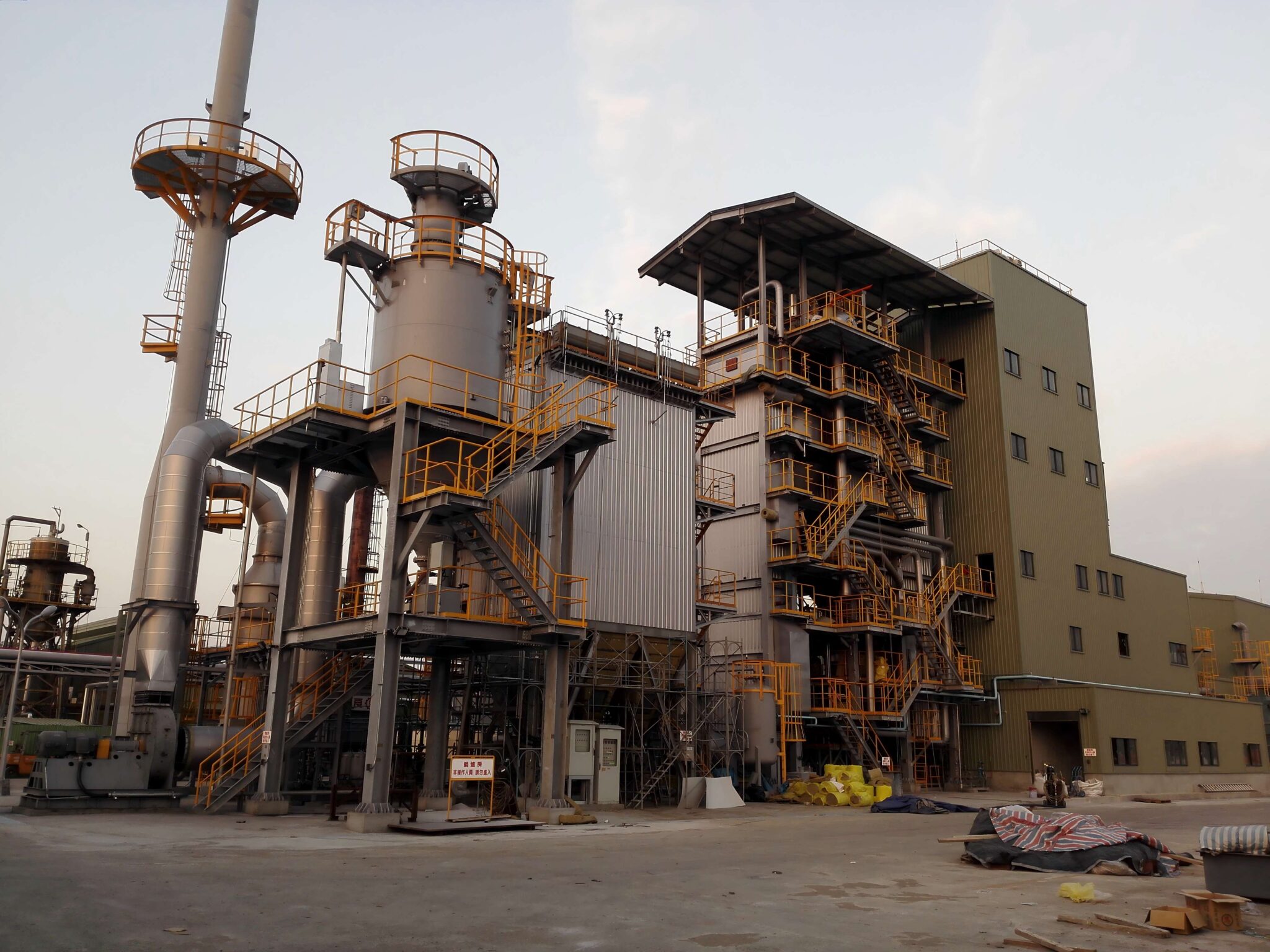
How Can Automation and Real-Time Monitoring Systems Optimize Boiler Performance?
One of the biggest challenges in operating industrial boilers is keeping performance consistent under varying loads, fuel conditions, and environmental factors. Manual monitoring often leads to inefficiencies, higher fuel costs, and undetected risks like low-water events or excessive emissions. Without automation, operators may overcompensate with excess air, delayed blowdowns, or reactive maintenance, which all reduce efficiency and increase downtime. Automation and real-time monitoring systems solve these problems by continuously optimizing combustion, water quality, safety, and energy balance — leading to lower fuel consumption, higher reliability, and safer operation.
Automation and real-time monitoring optimize boiler performance by automatically adjusting combustion, feedwater, and blowdown based on live data, reducing energy losses, stabilizing steam output, preventing unsafe conditions, and enabling predictive maintenance. This results in improved efficiency, lower operating costs, and extended equipment life.
To see why this matters, let’s break down the key functions.
🔹 Key Functions of Boiler Automation & Monitoring
| Function | Traditional Approach | Automated & Real-Time Approach | Efficiency/Performance Impact |
|---|---|---|---|
| Combustion Control | Manual excess air adjustment | O₂ trim control, real-time burner tuning | 2–5% fuel savings |
| Feedwater Control | Manual valve control | Automatic level regulation | Stable steam pressure |
| Blowdown | Fixed-time intervals | TDS-based automatic blowdown | Minimized heat/water loss |
| Safety Monitoring | Operator rounds | 24/7 sensors & alarms | Faster response, fewer accidents |
| Maintenance | Reactive (after failure) | Predictive (alerts before issues) | Less downtime |
🔹 Benefits of Automation in Boiler Operations
Energy Savings – By optimizing air-fuel ratio and minimizing excess air, automation reduces unnecessary fuel use.
Improved Safety – Real-time alerts for flame failure, low water, or high pressure prevent dangerous conditions.
Consistent Steam Quality – Automated control avoids pressure swings, improving process stability.
Reduced Maintenance Costs – Predictive monitoring detects scaling, leaks, or component wear before costly failures.
Environmental Compliance – Continuous emissions monitoring ensures boilers meet NOx, SO₂, and CO₂ regulations.
🔹 Example of Real-Time Data Dashboard
A typical digital monitoring system will track parameters like:
Fuel consumption per hour
O₂ and CO₂ levels in flue gas
Steam output vs. demand load
Boiler efficiency trend (%)
Blowdown rate and TDS concentration
Alarms for water level, temperature, or flame failure
Facilities can access this data remotely via cloud-based dashboards, enabling faster decision-making and optimization across multiple plants.
✅ In summary: Automation and real-time monitoring transform boilers from manually operated systems into self-optimizing assets. By reducing fuel waste, extending equipment life, and ensuring safety compliance, these tools deliver rapid ROI and long-term operational stability.
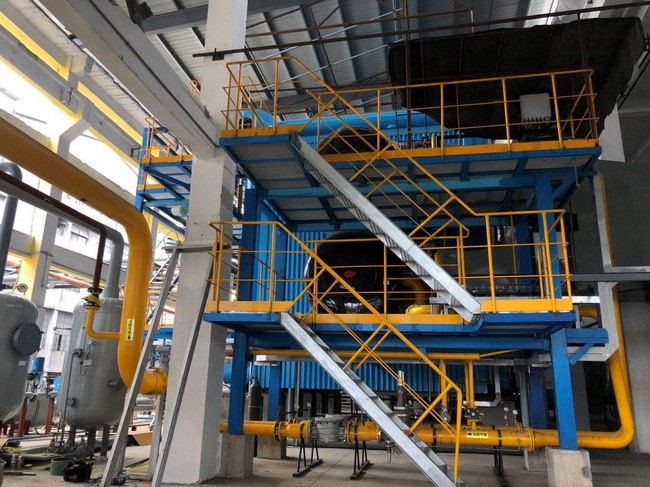
Why Is Proper Load Management and Regular Maintenance Critical to Sustaining High Thermal Efficiency?
Even the best-designed industrial boiler will lose efficiency if it is not operated and maintained correctly. Two of the most important practices are load management and regular maintenance. Without them, fuel consumption increases, emissions rise, and equipment life shortens.
Proper load management and regular maintenance are critical to sustaining high thermal efficiency because they ensure boilers operate near their optimal firing range, minimize standby losses, prevent scaling and fouling, and keep combustion and heat transfer surfaces clean. Together, these practices reduce fuel waste, stabilize steam supply, and extend the boiler’s service life.
🔹 The Role of Load Management
Steady Operation = Better Efficiency
Boilers are most efficient when running at 70–90% of their rated capacity. Frequent cycling (on/off) or extended operation at very low load wastes energy.Avoiding Oversizing Issues
An oversized boiler will rarely reach its sweet spot, burning more fuel than necessary.Load Sharing in Multi-Boiler Systems
Using multiple boilers and sequencing them based on demand avoids partial-load inefficiency.
📊 Example: A boiler operating at 40% load may run at 5–8% lower efficiency compared to the same unit at 80% load.
🔹 The Role of Regular Maintenance
Scale and Soot Removal – Even a thin (1 mm) layer of scale on tubes can increase fuel use by 2–3%.
Burner Tuning & Combustion Checks – Ensures correct air-fuel ratio, reducing excess air and fuel waste.
Inspection of Controls & Safety Devices – Prevents energy losses from faulty sensors or leaks.
Feedwater Treatment & Blowdown – Keeps heat transfer surfaces clean and minimizes corrosion.
⚙️ Well-maintained boilers often achieve 3–7% better efficiency compared to neglected units.
🔹 Combined Impact on Efficiency
| Practice | Efficiency Benefit | Reliability Impact |
|---|---|---|
| Load management | +2–5% fuel savings | Reduced stress from cycling |
| Regular cleaning & tuning | +3–7% fuel savings | Fewer unplanned shutdowns |
| Water treatment & blowdown | Maintains optimal efficiency | Prevents tube failures |
✅ In summary: Load management keeps the boiler operating in its most efficient range, while regular maintenance ensures it can stay there without performance losses. Together, they form the backbone of sustainable, high-efficiency boiler operation.
🔍 Conclusion
Improving boiler thermal efficiency is not achieved by a single action but by integrating multiple best practices across design, operation, and maintenance. Plants that prioritize efficiency enjoy reduced operating costs, higher reliability, and a lower carbon footprint.
📞 Contact Us
💡 Looking to improve your boiler efficiency? We offer energy audits, efficiency upgrades, and turnkey solutions tailored to your boiler system.
🔹 Partner with us to maximize your boiler’s thermal efficiency and achieve long-term savings. 🔥📊✅
FAQ
What are the best practices for improving boiler thermal efficiency?
Improving thermal efficiency involves reducing heat losses and optimizing combustion. Best practices include:
Regular combustion tuning – Maintain the optimal air-to-fuel ratio.
Install economizers & air preheaters – Recover waste heat from flue gases.
Improve insulation – Prevent heat loss from boiler walls, piping, and steam headers.
Blowdown heat recovery systems – Capture energy from discharged water.
Upgrade to condensing boilers or high-efficiency burners.
Routine maintenance – Remove soot, scale, and slag buildup to maintain heat transfer efficiency.
How does combustion control affect boiler efficiency?
Efficient combustion ensures maximum heat release from fuel. Poorly adjusted air-to-fuel ratios cause either:
Excess air → Wasted heat carried away in flue gases.
Insufficient air → Incomplete combustion, soot buildup, and higher emissions.
Modern boilers use oxygen trim systems and automatic controls to continuously optimize combustion for maximum efficiency.
What role does heat recovery play in improving boiler efficiency?
Heat recovery systems capture energy that would otherwise be wasted. Examples:
Economizers – Transfer heat from flue gases to preheat feedwater.
Air preheaters – Warm combustion air for better ignition and flame stability.
Condensing heat exchangers – Recover latent heat from exhaust gases, boosting efficiency to 90–95% in some systems.
These systems reduce fuel consumption and operational costs.
How can maintenance impact boiler thermal efficiency?
Neglecting maintenance lowers efficiency. Key maintenance practices include:
Descaling & cleaning – Prevents fouling on heat transfer surfaces.
Soot blowing – Removes ash and deposits from tubes.
Leak checks – Identifies steam, water, and air leaks that reduce efficiency.
Calibration of sensors and controls – Ensures accurate readings for combustion tuning.
A well-maintained boiler can operate at 5–10% higher efficiency compared to a neglected one.
Is upgrading equipment worth it for efficiency improvements?
Yes, modernization often provides long-term savings. Options include:
High-efficiency burners – Reduce excess air and improve flame stability.
Variable frequency drives (VFDs) – Optimize fan and pump operation.
Condensing boilers – Capture additional heat from flue gases.
Digital monitoring systems – Provide real-time efficiency data to reduce losses.
Upgrades are especially valuable when fuel costs are high or when emission regulations tighten.
References
DOE – Guide to Improving Boiler Efficiency – https://www.energy.gov
ASME – Boiler Efficiency Standards and Practices – https://www.asme.org
Spirax Sarco – Boiler Efficiency Improvement Methods – https://www.spiraxsarco.com
Forbes Marshall – Energy Saving Tips for Boilers – https://www.forbesmarshall.com
Babcock & Wilcox – Boiler Optimization Technologies – https://www.babcock.com
IEA – Industrial Energy Efficiency in Boilers – https://www.iea.org
Engineering Toolbox – Boiler Heat Loss Calculations – https://www.engineeringtoolbox.com
ScienceDirect – Boiler Performance and Heat Recovery Studies – https://www.sciencedirect.com
BioEnergy Consult – Boiler Efficiency in Biomass & Coal Systems – https://www.bioenergyconsult.com
ResearchGate – Thermal Efficiency Improvement Case Studies – https://www.researchgate.net

